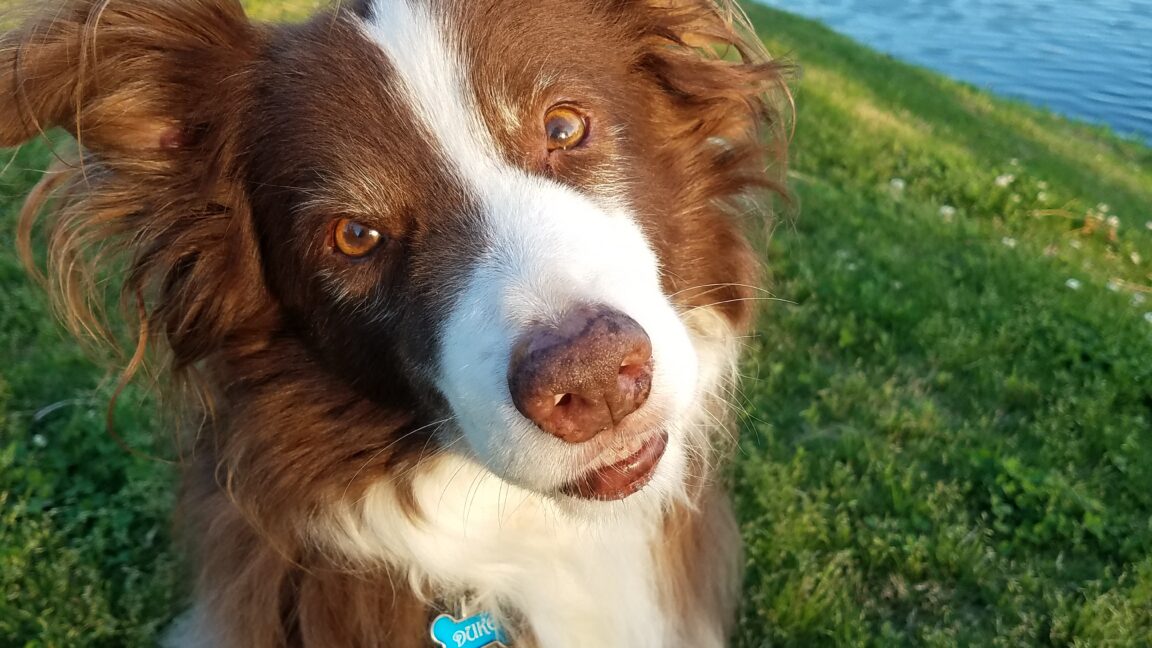
"Our best friends come in a fantastic array of shapes and sizes; a Borzoi looks nothing like a Boston terrier, except for a certain fundamental, ineffable (except to taxonomists) doggyness about them. And it's been that way almost from the beginning. A recent study of dog and wolf skulls from the last 50,000 years found that dogs living just after the last Ice Age were already about half as varied in their shape and size as modern dogs."
"Biologist and archaeologist Allowen Evin, of CNRS, and her colleagues compared the size and shape of 643 skulls from dogs and wolves: 158 from modern dogs, 86 from modern wolves, and 391 from archaeological sites around the world spanning the last 50,000 years. By comparing the locations and sizes of certain skeletal landmarks, such as bony protrusions where muscles attached, the researchers could quantify how different one skull was from another."
"The team's results suggest that dogs that lived during the Mesolithic (before settled farming life came into fashion in the Middle East) and the Neolithic (after farming took off but before the heyday of copper smelting; 10,000 BCE is a general starting point) were a surprisingly diverse bunch, at least in terms of the size and shape of their skulls."
"When Evin and her colleagues used statistical methods to quantify exactly how different the size and shape of dog skulls were, it turned out that dogs from the Mesolithic and Neolithic periods had skulls about twice as diverse as those of Pleistocene canines, and already a little over half as diverse as the skulls of modern dogs."
Analysis of 643 dog and wolf skulls spanning the last 50,000 years, including 158 modern dogs, 86 modern wolves, and 391 archaeological specimens, used skeletal landmarks to quantify skull shape and size differences. Dogs from the Mesolithic and Neolithic periods exhibited high morphological diversity, about twice that of Pleistocene canines and somewhat over half the diversity of modern dogs. Some ancient skull shapes do not match any living breed, indicating early regional or functional varieties. Rapid morphological change accompanied early human association, producing substantial shape diversity shortly after the last Ice Age.
Read at Ars Technica
Unable to calculate read time
Collection
[
|
...
]